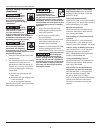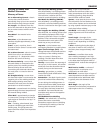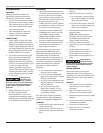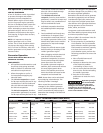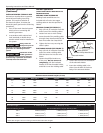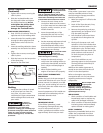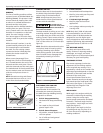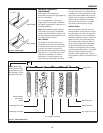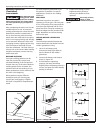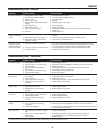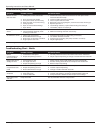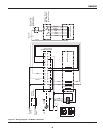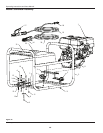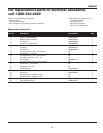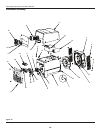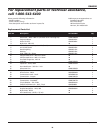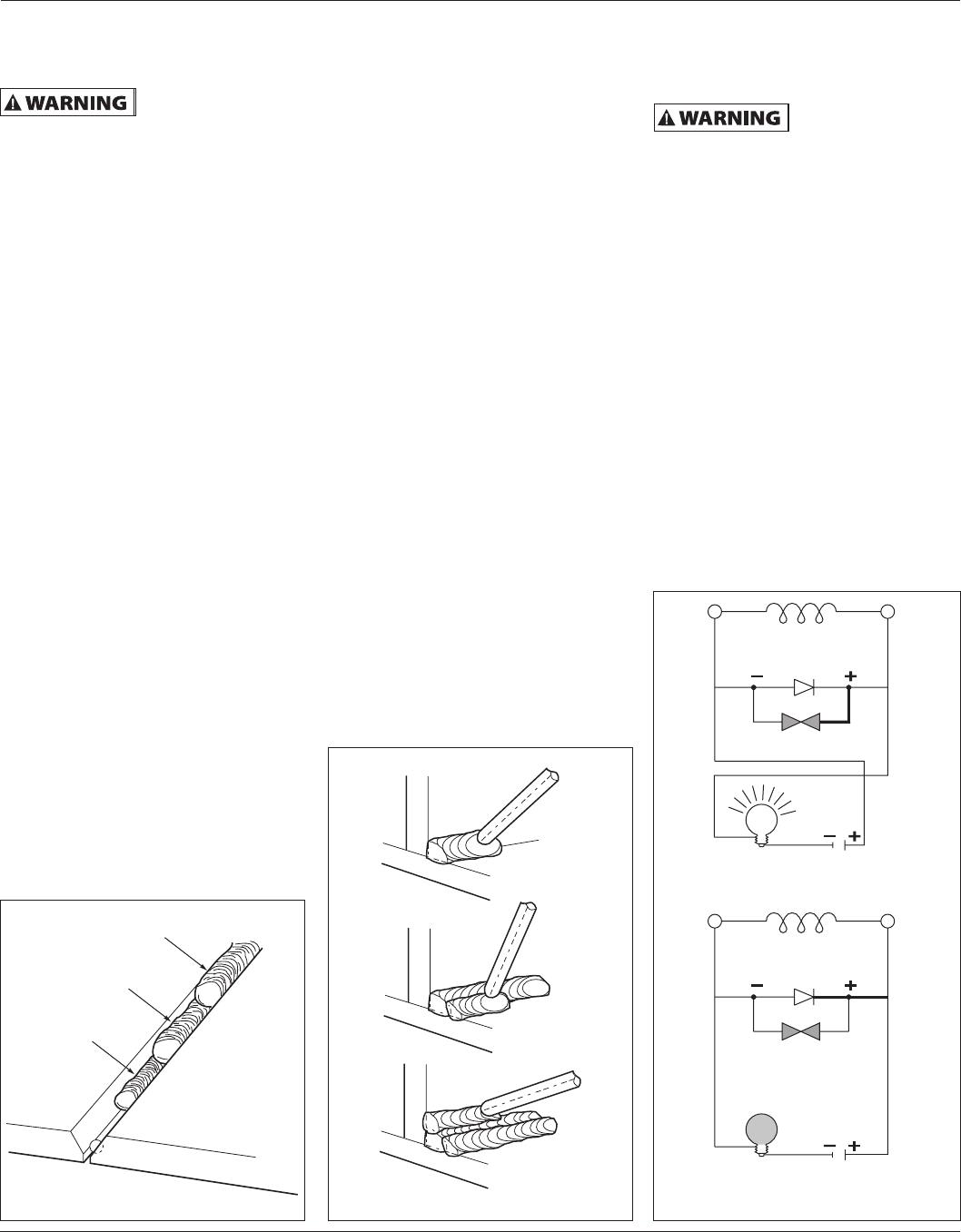
12
www.chpower.com
Operating Instructions and Parts Manual
Welding Guidelines
(Continued)
SLAG REMOVAL
Wear ANSI approved
safety glasses (ANSI
Standard Z87.1) and protective clothing
when removing slag. Hot, flying debris
can cause personal injury to anyone in
the area.
After completing the weld, wait for the
welded sections to cool. A protective
coating called slag now covers the weld
bead which prevents contaminants in
the air from reacting with the molten
metal. Once the weld cools to the point
that it is no longer glowing red, the slag
can be removed. Removal is done with
a chipping hammer. Lightly tap the slag
with the hammer and break it loose
from the weld bead. The final clean-up
is done with a wire brush. When making
multiple weld passes, remove the slag
before each pass.
WELDING POSITIONS
Four basic welding positions can be
used; flat, horizontal, vertical, and
overhead. Welding in the flat position
is easier than any of the others because
welding speed can be increased, the
molten metal has less tendency to run,
better penetration can be achieved, and
the work is less fatiguing.
Other positions require different
techniques such as a weaving pass,
circular pass, and jogging. A higher
skill level is required to complete these
welds.
All work should be performed in the
flat position if possible. For specific
applications, consult an arc welding
handbook.
WELD PASS
Sometimes more then one pass is
necessary to fill the joint. The root pass
is first, followed by filler passes and the
cover pass (See Figures 8 and 9). If the
pieces are thick, it may be necessary to
bevel the edges that are joined at a 60º
angle. Remember to remove the slag
before each pass.
TESTING WELDER / GENERATOR
DIODES
The following method eliminates the
need to disconnect the diodes from the
welder / generators wiring.
1. Use a 12 Volt battery and
automotive lamp (Type 5001) to
test the diodes in the welder /
generators.
2. Connect the battery and lamp as
shown in Figure 10.
3. If the diodes are operating
properly, the lamp illuminates
brightly when the battery polarity is
correct, and goes dim when battery
polarity is reversed.
Cover
Filler
Root
Figure 8 - Weld Passes Figure 9 - Multiple Weld Passes
Lamp Off
Lamp On
Figure 10 - Diode Test Procedure
4. If there is no change in lamp
brightness when polarity is
reversed, the diodes must be
replaced.
For testing of rotor,
stator, or field
windings, consult an authorized service
center.



